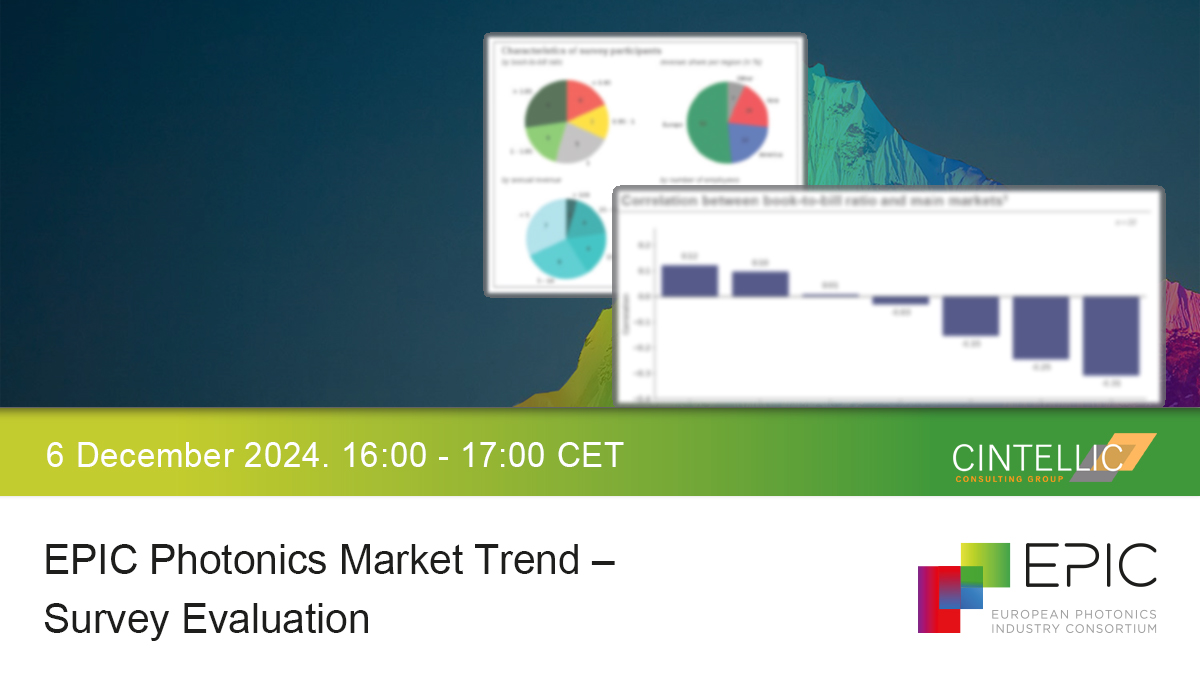Laser business and Lithuania
The most frequently asked question I hear everywhere is: why Lithuania and lasers? There is no short answer, as it’s a long story. It’s about the “smart specialisation” of Lithuania defined by clever professors at the beginning of the 60s, a dipole between fundamentals of lasers and their applications, radiating positive energy among researchers in a small Baltic country, as well as practical entrepreneurship for physics students organising the Day of Physics since 1969. These are, in my opinion, the three main pillars of our strength and success in lasers and their applications.
With 60+ companies and just over 2000 employees, the Lithuanian laser industry covers the whole value chain from a piece of glass through optical components, lasers and machines to technologies for advanced manufacturing with the highest precision for industry or to extreme intensity lasers running at high repetition rate for frontier research in the high-energy field. And between these two extremes, are plenty of laser and photonics products for free-space and quantum communication, multiphoton microscopy and photoacoustic imaging, metrology and defence – not forgetting our leadership in solid-state lasers with a tuneable wavelength (OPOs and OPAs), which allowed us to achieve more than a 20% growth in turnover over the period 2019-2023.
Challenges and opportunities
With the lack of local customers for our ultrashort pulse lasers and related products, from the very beginning, we have been working in the global market – and to compete and survive here, you need to do better than others. Global recognition comes from the quality of our products and the flexibility to meet the demands of our customers. Penetration into the industrial market has taken a long time. It’s required multiple learning cycles on reliability, performance, servicing, etc., and help from research teams at Vilnius University and FTMC in testing lasers and finding applications for them.
Geopolitical turbulence in the world has led to economic instability and a reduction in demand, and tensions with China have added disturbances in supply and distribution chains. However, the creativity of our laser companies has transformed the challenges into new opportunities – as exemplified by the opening of InnoHUB Lithuania in Silicon Valley to support Lithuanian companies enter the USA market.
Although Asia remains the factory of the world, all countries and industries are looking beyond China. Post-COVID, South Korea and Taiwan were targets of the Lithuanian Laser Association with national booths at main exhibitions, specialised bilateral workshops, business missions and establishing collaborations with local industry associations. One example of a shiny outcome is the ULTRI lab (Ultrafast Laser Technology Research Laboratory) opened in September 2023 in collaboration with ITRI (Industrial Technology Research Institute) in Tainan City in Taiwan. We are also looking to expand our presence in ‘new’ markets in countries of high potential: India, the Philippines, Brazil, etc.
Where to go?
Precise micromanufacturing: “Mature” processes like fuel nozzle drilling, stent cutting, shaping superhard materials and medical marking will move toward complexity, performance and reduced feature size. Diverse burst modes of advanced ultrashort pulse lasers with repetition rate up to GHz will enable leverage machining performance and quality.
Ultrashort lasers exhibit benefits in interaction with transparent materials. Glass cutting, drilling and welding are going beyond consumer electronics. Glass substrates with millions of through glass vias (TGV) are the future for advanced packaging in the chip industry. Selective laser-induced metallisation on glass and other dielectric substances with micrometre resolution will promote heterogeneous chip integration with other active and passive electronic components. Challenges in slicing and dicing new semiconductor materials are easier to solve by utilising laser pulses in the femto- and picosecond range. The European Chips Act will add fuel for us to be more proactive in the Semiconductor field.
The medical field is one of the most promising for laser applications, including the ones we are manufacturing in Lithuania, such as laser sources for multiphoton microscopy and photoacoustic imaging for diagnostics, as well as skin treatment or ophthalmology. We see the future for new kHz-class OPCPA lasers operating with sub 10 fs pulses and energy beyond 100 mJ in cancer treatment utilising laser-accelerated high-energy electrons. But there’s still a long way to go.
Finally, defence, communication and quantum are new demanding, dynamic and evolving areas for laser applications, including ultrashort pulse ones. Utilising the strengths of our laser community, new companies are budding with exciting ideas to conquer these emerging markets.















